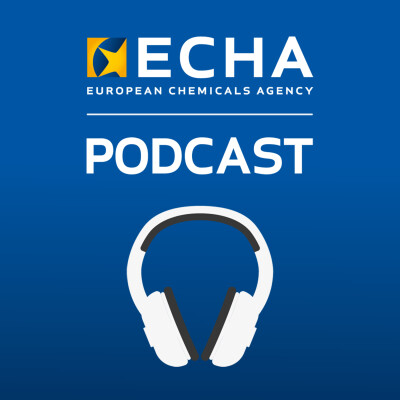Description
In this episode, we speak with Peter van der Zandt, ECHA’s Risk Management Director about per- and polyfluoroalkyl substances or PFAS in short.
These so-called ‘forever chemicals’ are a family of over 4 000 synthetic chemicals that have been and continue to be widely used by society. The problem though is that their use has resulted in worldwide environmental pollution and human exposure.
They are called forever chemicals because they resist degradation, and some can be easily transported in the environment. Some of them have also been shown to be harmful to both people and the environment.
The EU’s Chemicals Strategy puts PFAS policy front and centre. The Commission commits to phasing out all PFAS, allowing their use only where they are proven essential to society.
As part of this work, ECHA proposes to restrict all PFAS used in firefighting foams. Another restriction proposal is in the making by five European countries that covers PFAS in any other use – for example in product packaging, cosmetic products, and non-stick kitchenware.
This episode takes a deep dive into PFAS used in firefighting foams and how the EU is preparing to restrict them.
Give us feedback
More
**************
Subscribe to our YouTube channel
Subscribe to our Safer Chemicals Podcast
Subscribe to our news
Follow us on:
*Twitter
*Facebook
*LinkedIn
Visit our website
Disclaimer: Views expressed by interviewees do not necessarily represent the official position of the European Chemicals Agency. All content is up to date at the time of publication.
Hosted on Ausha. See ausha.co/privacy-policy for more information.
